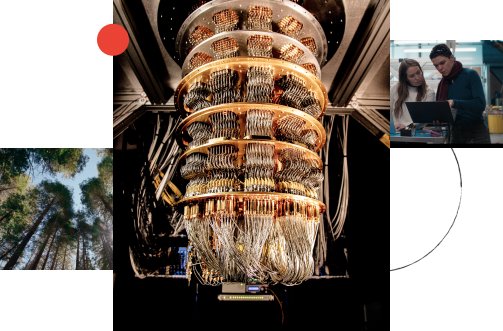Temporospatial SDN for Aerospace Communications
Abstract
This paper describes the development of new methods and software leveraging Software Defined Networking (SDN) technology that has become common in terrestrial networking. We are using SDN to improve the state-of-the-art in design and operation of aerospace communication networks. SDN enables the implementation of services and applications that control, monitor, and reconfigure the network layer and switching functionality. SDN provides a software abstraction layer that yields a logically centralized view of the network for control plane services and applications. Recently, new requirements have led to proposals to extend this concept for Software-Defined Wireless Networks (SDWN), which decouple radio control functions, such as spectrum management, mobility management, and interference management, from the radio data-plane. By combining these concepts with high-fidelity modeling of predicted mobility patterns and wireless communications models, we can enable SDN applications that optimally and autonomously handle aerospace network operations, including steerable beam control, RF interference mitigation, and network routing updates. This approach is specifically applicable to new constellation designs for LEO relay networks that include hundreds or thousands of spacecraft, serving millions of users, and exceed the ability of legacy network management tools.
